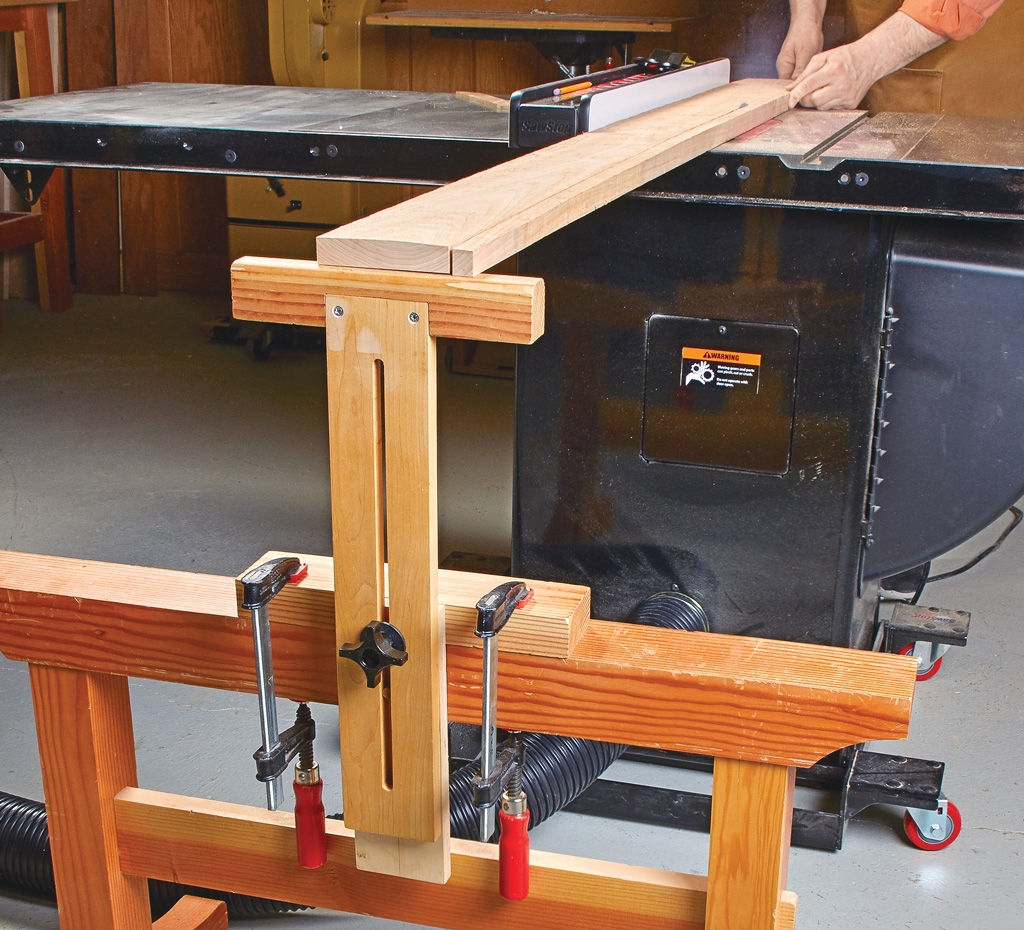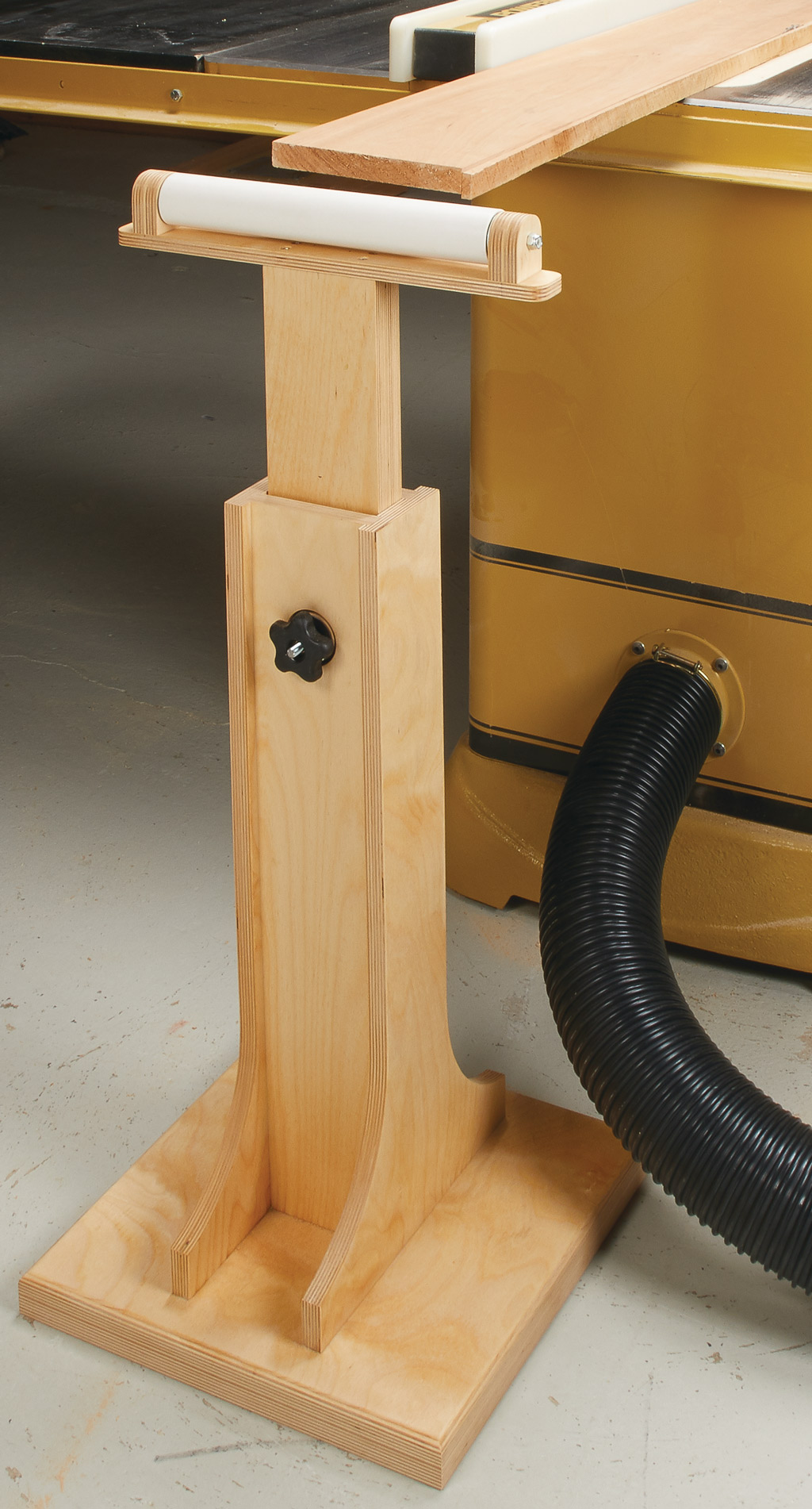I rely on my table saw for everything from crosscutting and ripping boards to cutting joinery like dadoes and rabbets. No matter what the operation is, a clean, splinter-free cut is a must. The trouble is even if your saw is tuned up, you can still end up with a ragged edge. Thankfully, the solution is simple and inexpensive — a shop-made, zero-clearance insert.
How it Works. The reason you get better cuts with a zero-clearance insert is that the opening in the insert exactly matches the thickness of the blade. This fully supports the workpiece as it’s cut so fi bers can’t tear away.
Make or Buy. I bought my first zero-clearance insert at a cost of $15. And right away, I saw a dramatic improvement in the quality of my cuts. But I quickly realized that just one insert wasn’t enough — I needed a set. That’s because an insert is fit to a specific blade. If you switch to a thin-kerf blade or change the size of your dado blade, the benefits would be lost. Since buying several inserts can add up, I started making my own instead.
Simple Process. Making a zero-clearance insert is a pretty simple task. The photos you see here give you a good overview of the process. It starts with an oversized blank and then you fine-tune it to match the opening in your saw.

Cutting the Blank. The first step in making the insert is to cut the blank to width. I use 1⁄2" MDF because it’s inexpensive, flat, and easy to work with. I aim for an easy slip fit in the opening with no side-to-side play.
By the way, I usually make several inserts at a time. Then I always have one on hand. With the blank cut to the final width and rough length, I attach the stock insert with double-sided tape. The stock insert will act as a template for the next few steps.

Cutting the rounded ends is a two-step process. The first step takes place over at the band saw. Follow the curve of the stock insert and cut away most of the waste.

Trim the Blank. The second step is to trim the blank flush with the template. It’s a quick job at the router table. But you want to skip around the retaining pin and the notch for the blade guard. I sand these bumps away later.

Add Details. At this point, you can add a few details. The first is to drill a 3⁄4"-dia. finger hole to make the insert easy to remove. Then I cut a notch to accommodate the blade guard. This isn’t needed for every insert (dadoes, for example), but since I’m just making generic inserts, it saves some hassle down the road.

Another detail to add is a retainer to keep the insert from lifting out during use. Use the stock insert as a guide for making your own. You can see two options here.
In addition to a secure fit, the insert should be flush with the saw table. If it’s proud, a workpiece will catch on the edge. A recessed insert can lead to dadoes, grooves and rabbets with an inconsistent depth. And the workpiece can catch on the back edge of the opening.

Proud. For an insert that’s proud, you can rabbet the edge of the insert at the router table. Routing the rabbet in a couple of passes allows you to sneak up on a flush fit.

Recessed. To level an insert that sits too low, a set screw installed in each corner lets you adjust the insert until it’s flush.

The last detail to add is a wide kerf in the bottom face. This provides clearance for some saw blades that won’t retract enough for an uncut insert to rest in the opening. Then, to create the blade kerf, clamp a board across the insert to hold it in place. Finally, turn on the saw and slowly raise the blade. After a few coats of finish, you’re ready to take advantage of this low-cost upgrade.












